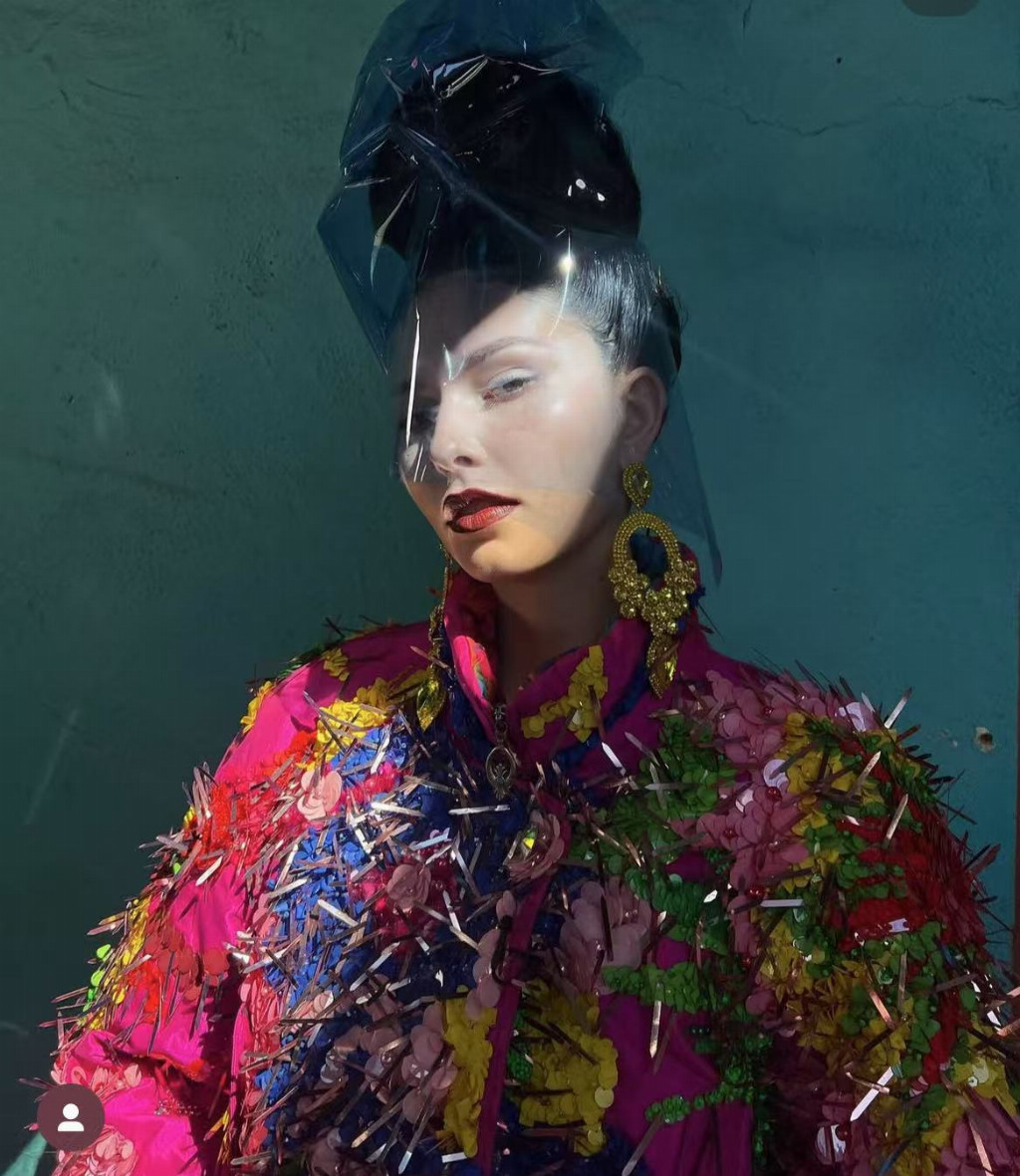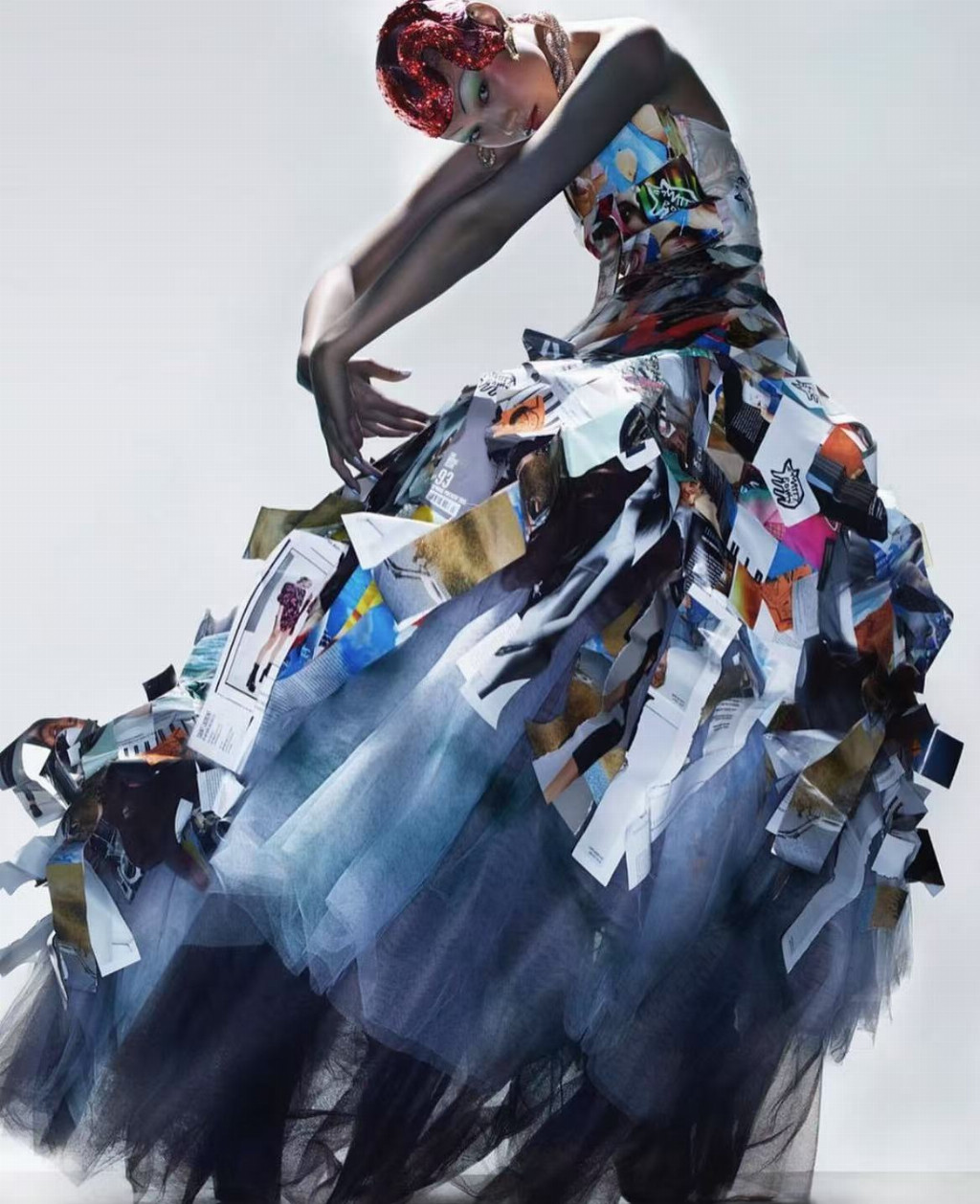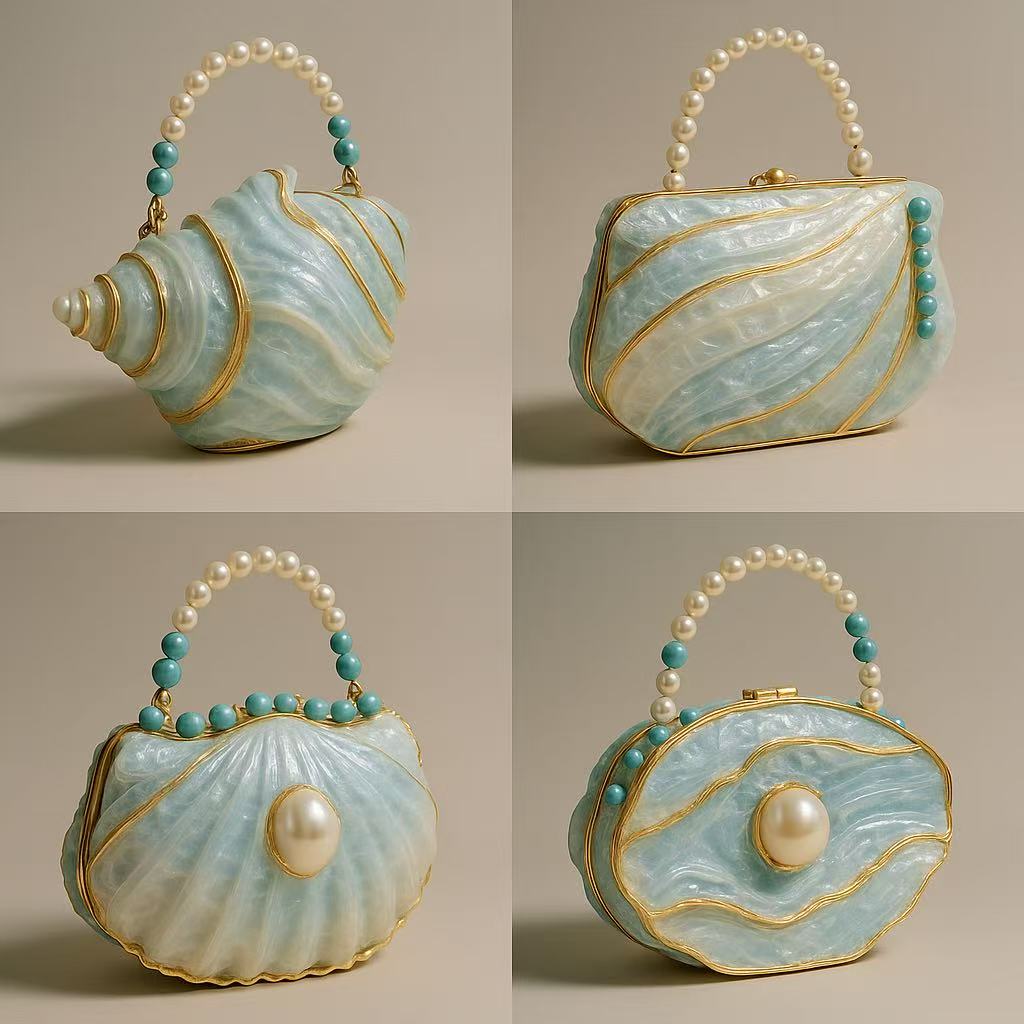How Four Designers are Rebuilding Fashion with Discarded Materials
In a world dominated by fast fashion and overproduction, a new generation of designers is turning the industry’s discarded materials into the foundation for bold, forward-thinking creations. Instead of treating waste as the end of a product’s life, they see it as the beginning of a story—one about sustainability, creativity, and transformation.
1. Duran Lantink: The Deconstructionist of Luxury
Dutch designer Duran Lantink is known for dismantling high-end fashion as we know it. By slicing apart outdated Gucci, Chanel, and Balenciaga pieces and reassembling them into wild, hybrid garments, he offers more than a visual spectacle—he challenges the system itself.
Lantink's work is confrontational, political, and unapologetically strange. He asks, “Do we really need more new things?” and then proves that discarded luxury can be even more avant-garde than anything newly produced.

His offbeat silhouettes and chaotic textures speak of a fractured world, but one that still holds beauty in its unpredictability. He is redefining luxury through the lens of resourcefulness and rebellion.
2. Rujuta Vaidya: Stitching Tradition into Sustainability
Splitting her time between New York and India, Rujuta Vaidya is on a mission to preserve heritage while advocating for environmental consciousness. Her collections are crafted using plant-dyed fabrics, handwoven by women in rural Indian cooperatives, often produced entirely without electricity.
More than garments, her pieces are quiet protests against exploitation and waste. She believes that sustainability isn't only about material choices—it’s about process, community, and empowerment.

Each stitch tells a story of land, hands, and heritage. In Vaidya’s world, slow fashion isn’t a trend—it’s a return to values that modernity forgot.
3. Kevin Germanier: The Glamour of Reuse
Swiss designer Kevin Germanier is breaking down the false binary between sustainability and spectacle. His eye-catching garments, worn by the likes of Kristen Stewart and Doja Cat, are made from recycled beads, leftover sequins, and repurposed plastics.
What others see as trash, Germanier sees as treasure. His designs dazzle on the runway, proving that environmental consciousness doesn’t mean giving up luxury—it means rethinking it.

He gives waste a second life not by hiding it, but by putting it center stage—embellished, electric, and unapologetically glamorous.
4. Miao Miao: A One-Woman Sustainability Lab
Emerging designer Miao Miao operates like a solo sustainability lab—testing new ideas at the intersection of design, structure, and environmentalism. Her work began with a modular T-shirt that featured a detachable front panel, allowing for interchangeable looks without wasteful overconsumption.
Lately, she has turned her attention to recycled plastic handbags. Her process varies by material type:
Soft plastics (like shopping bags and wraps) are heat-fused into translucent, jellyfish-like tote bags;

Hard plastics (like bottles and containers) are shredded and molded into solid bag shells;
Plastic straps and packaging ribbons are woven into bold, street-style Y2K totes.
Each piece is a design experiment, with textures and forms that resist mass production. "The plastic pieces all have unique marks—imperfection is part of the beauty," she says.
Conclusion: Waste as a New Beginning
These four designers, though working from different corners of the globe, share a radical vision:
That waste is not a problem—it is a provocation.
They see trash as narrative. They make beauty from residue. And they remind us that the future of fashion doesn't lie in more consumption, but in more imagination.
In their hands, fashion becomes a tool not only for self-expression—but for regeneration.